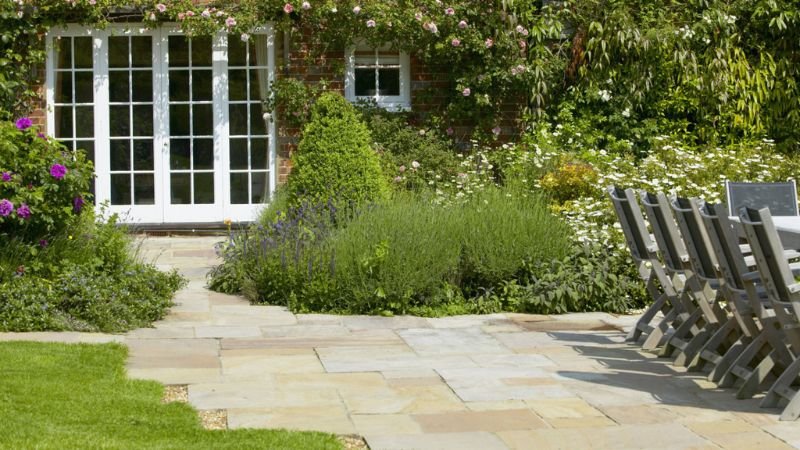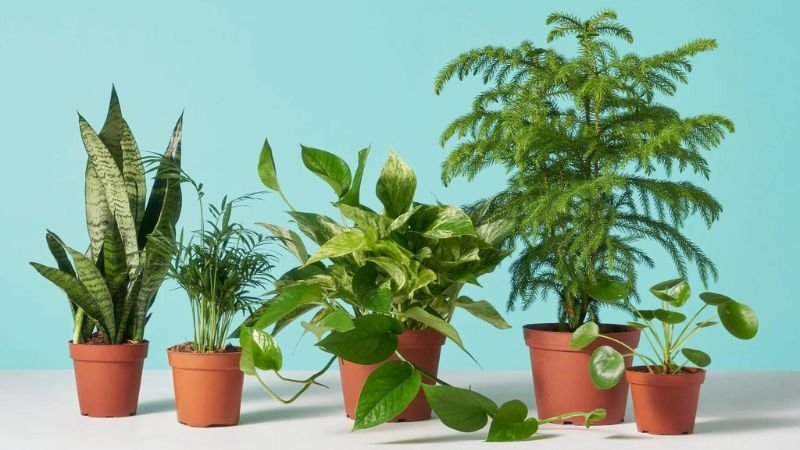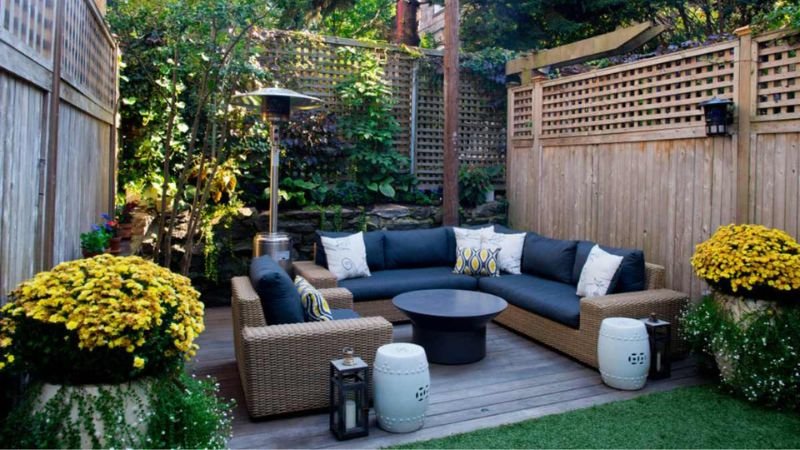Designing a low-maintenance landscape is perfect for homeowners looking to enjoy the beauty of nature without the hassle of constant upkeep. Whether you have a small garden or a large yard, a thoughtfully designed, low-maintenance landscape can save you time, effort, and money. By choosing the right plants, using effective ground cover, and incorporating smart watering solutions, you can create an outdoor space that thrives with minimal care. This guide will help you understand how to plan and execute a landscape that requires less maintenance, ensuring a lush, green space all year long without the struggle.
How To Create a Low Maintenance Landscape?
1. Choose Native and Drought-Tolerant Plants
Native plants are adapted to your local climate, which makes them more resistant to diseases, pests, and weather fluctuations. These plants naturally thrive in the local soil and conditions, requiring less water, fertilizer, and care compared to non-native species. Drought-tolerant plants, such as succulents, lavender, and ornamental grasses, are perfect for dry regions where water conservation is a priority. By incorporating these plants into your landscape, you’ll significantly reduce your need for watering and maintenance. Additionally, native plants attract local pollinators, which enhances biodiversity in your garden.
Also Read:- How To Start a Native Plant Garden
2. Reduce the Size of Your Lawn
Lawns are one of the most labor-intensive aspects of landscaping. They require regular mowing, fertilizing, and watering, which can be time-consuming and costly. To create a low-maintenance landscape, reduce the size of your lawn by incorporating other features like flower beds, gravel paths, or rock gardens. Ground cover plants, such as creeping thyme or clover, can also replace traditional grass lawns while providing greenery and suppressing weeds. You can also create zones with artificial turf for areas that need greenery but require minimal maintenance. Reducing the lawn area not only decreases your workload but also conserves water and reduces the need for fertilizers and pesticides.
3. Use Mulch to Suppress Weeds
Mulch is a valuable tool in low-maintenance landscaping because it helps retain soil moisture, reduces erosion, and prevents weed growth. Organic mulch, like wood chips or shredded leaves, also adds nutrients to the soil as it decomposes. Apply a thick layer of mulch around trees, shrubs, and flower beds to keep weeds at bay and reduce the frequency of watering. Mulch also insulates the soil, protecting plant roots from extreme temperature fluctuations. With fewer weeds to pull and less frequent watering, mulch makes maintaining your landscape much easier while promoting plant health.
4. Install a Drip Irrigation System
Make sure you adhere to the suggested rates of application in order to prevent nutrient burn. By installing a drip irrigation system, you can provide plants with consistent moisture while reducing water waste. Drip irrigation delivers water directly to the roots of plants, minimizing evaporation and ensuring that each plant gets the water it needs without overwatering. These systems are easy to install, and you can even connect them to a timer to automate the watering process. This hands-free solution is perfect for a low-maintenance landscape, especially in dry regions where water conservation is important.
5. Incorporate Hardscaping Elements
Hardscaping refers to the non-plant elements in your landscape, such as patios, walkways, retaining walls, and decorative rocks. Incorporating hardscaping elements reduces the amount of lawn and plant care needed while adding visual interest to your garden. Materials like stone, brick, and gravel require little upkeep and can be used to create pathways, seating areas, or garden borders. These features provide structure to your landscape and can serve functional purposes, such as controlling soil erosion or directing foot traffic. Hardscaping also enhances the aesthetic appeal of your garden and creates more usable outdoor spaces for relaxation or entertainment.
6. Opt for Perennials Over Annuals
Annual plants complete their life cycle in one season, meaning they need to be replaced every year. This requires regular replanting, which increases maintenance efforts. Perennials, on the other hand, return year after year, making them a perfect choice for a low-maintenance landscape. Once established, perennials like hostas, daylilies, and lavender require minimal care and provide continuous beauty in your garden. They also tend to have deeper root systems, making them more drought-tolerant and resistant to extreme weather conditions. By choosing a variety of perennials that bloom at different times of the year, you can ensure your garden remains colorful throughout the seasons without the need for frequent planting.
7. Group Plants with Similar Needs
A key strategy in reducing landscape maintenance is grouping plants with similar watering, sunlight, and soil requirements. This method, known as “hydrozoning,” allows you to care for plants more efficiently by tailoring the irrigation and care to specific zones in your garden. For example, place drought-tolerant plants together in one section, and group moisture-loving plants in another area. This makes it easier to manage watering and ensures that each plant gets the care it needs without over or under-watering. Hydrozoning also minimizes water waste and helps maintain a healthy, thriving landscape with less effort.
8. Choose Low-Maintenance Ground Covers
Ground covers are a fantastic way to reduce lawn space and minimize weeding. Plants like creeping thyme, sedum, and clover spread out over large areas, providing greenery without the need for constant mowing or trimming. These low-maintenance plants are excellent at suppressing weeds, retaining moisture, and adding texture to your landscape. They can be used in place of traditional lawns or in garden beds and borders. Ground covers also require less water than turf grass, making them a great choice for eco-friendly, low-maintenance landscaping.
Also Read:- Beautiful Pool Landscaping Ideas
9. Keep It Simple with Minimal Plant Varieties
A cluttered garden with too many plant varieties can be overwhelming and difficult to maintain. By simplifying your plant choices and sticking to a few hardy, low-maintenance species, you can reduce the amount of care required while still enjoying a beautiful garden. Focus on plants that are easy to care for, drought-resistant, and suited to your local climate. A more streamlined garden design with fewer plant types also makes it easier to create a cohesive look, which can enhance the visual appeal of your landscape. This minimalist approach allows for a more manageable and sustainable garden.
Conclusion
Creating a low-maintenance landscape doesn’t mean sacrificing beauty. By selecting drought-tolerant plants, reducing lawn size, and incorporating mulch and smart irrigation, you can enjoy a stunning garden with minimal effort. Start small, plan wisely, and soon, you’ll have a low-maintenance oasis right in your backyard.
FAQs
What are some low-maintenance plants to use?
Opt for drought-tolerant plants like succulents, ornamental grasses, and native species that thrive with little water and care.
How can I reduce the amount of lawn maintenance?
Reduce lawn size by incorporating gravel paths, ground cover plants, and mulch to minimize mowing, watering, and fertilizing needs.



